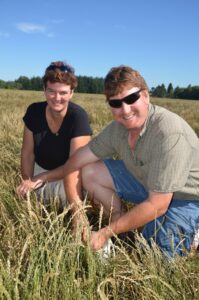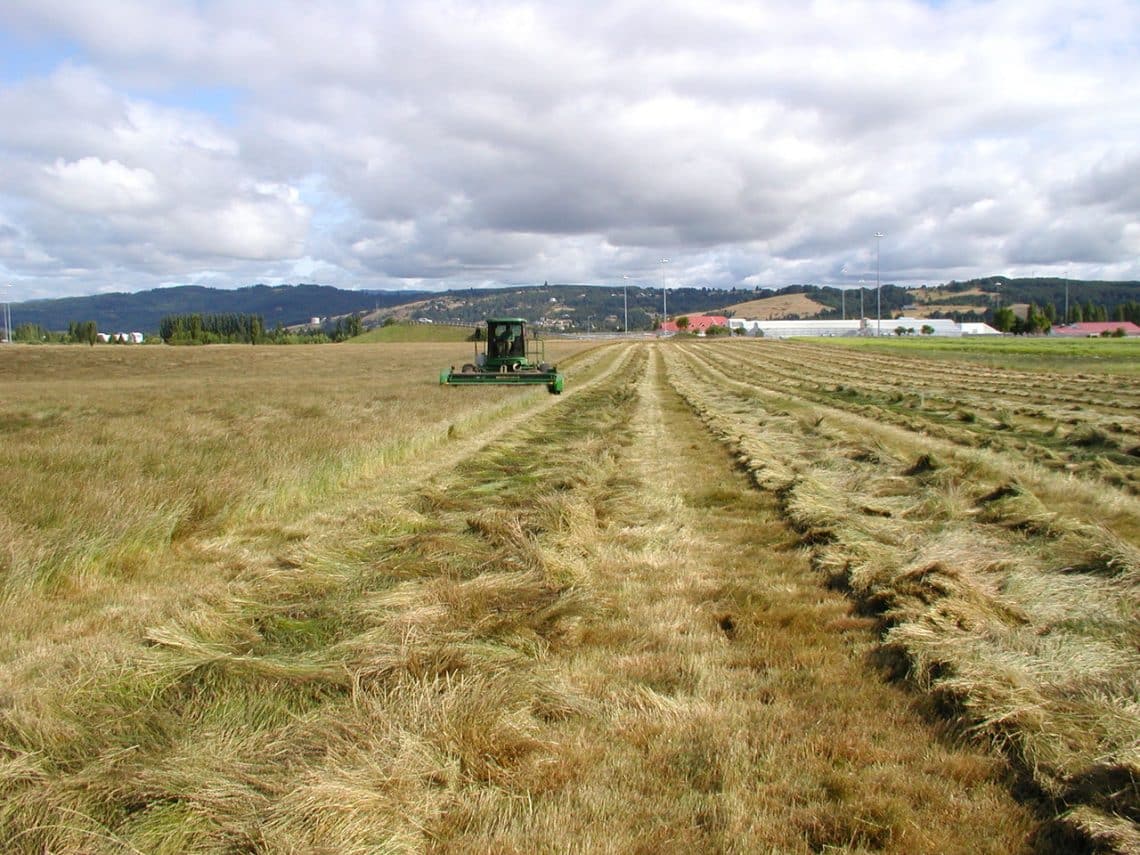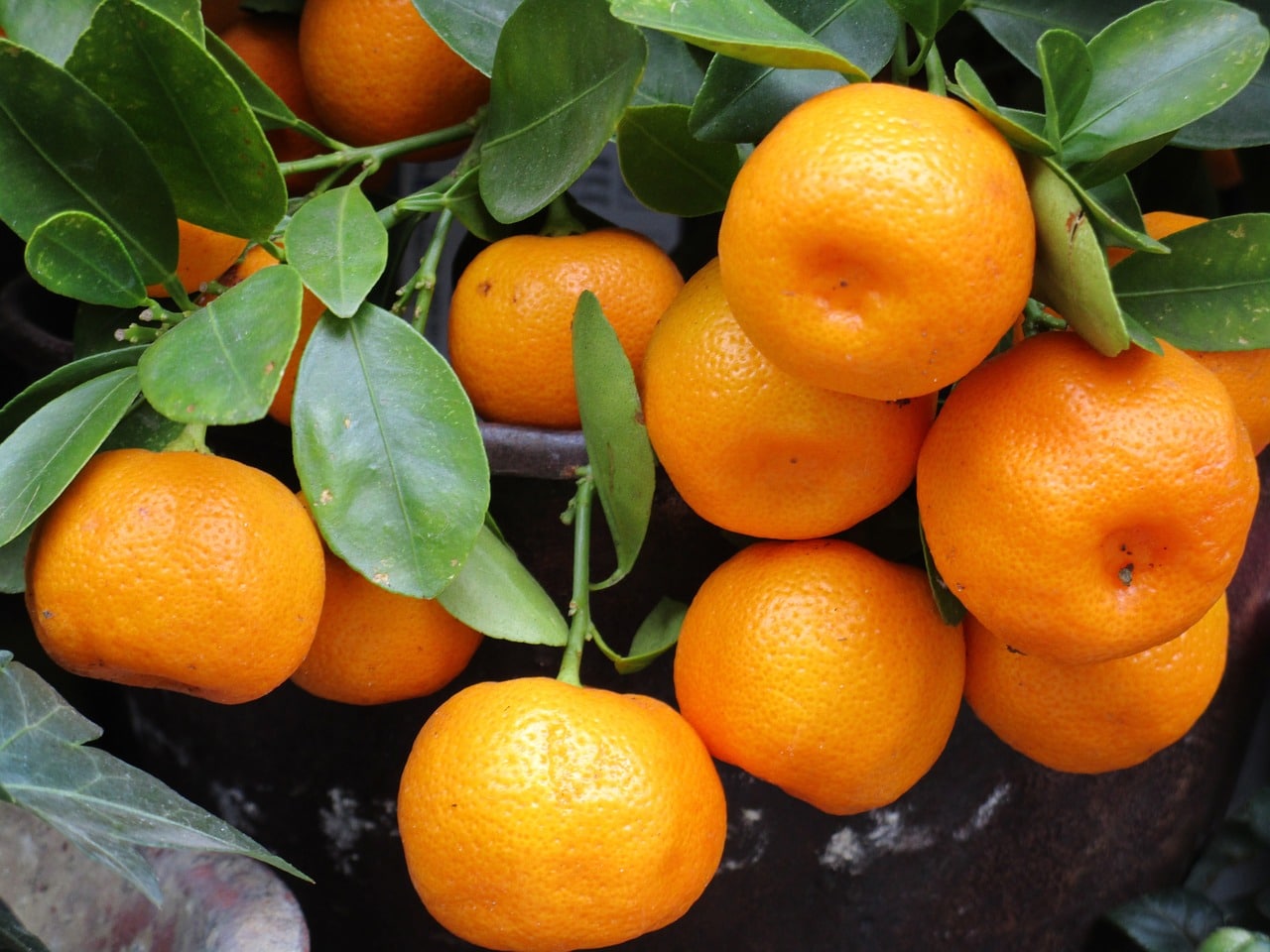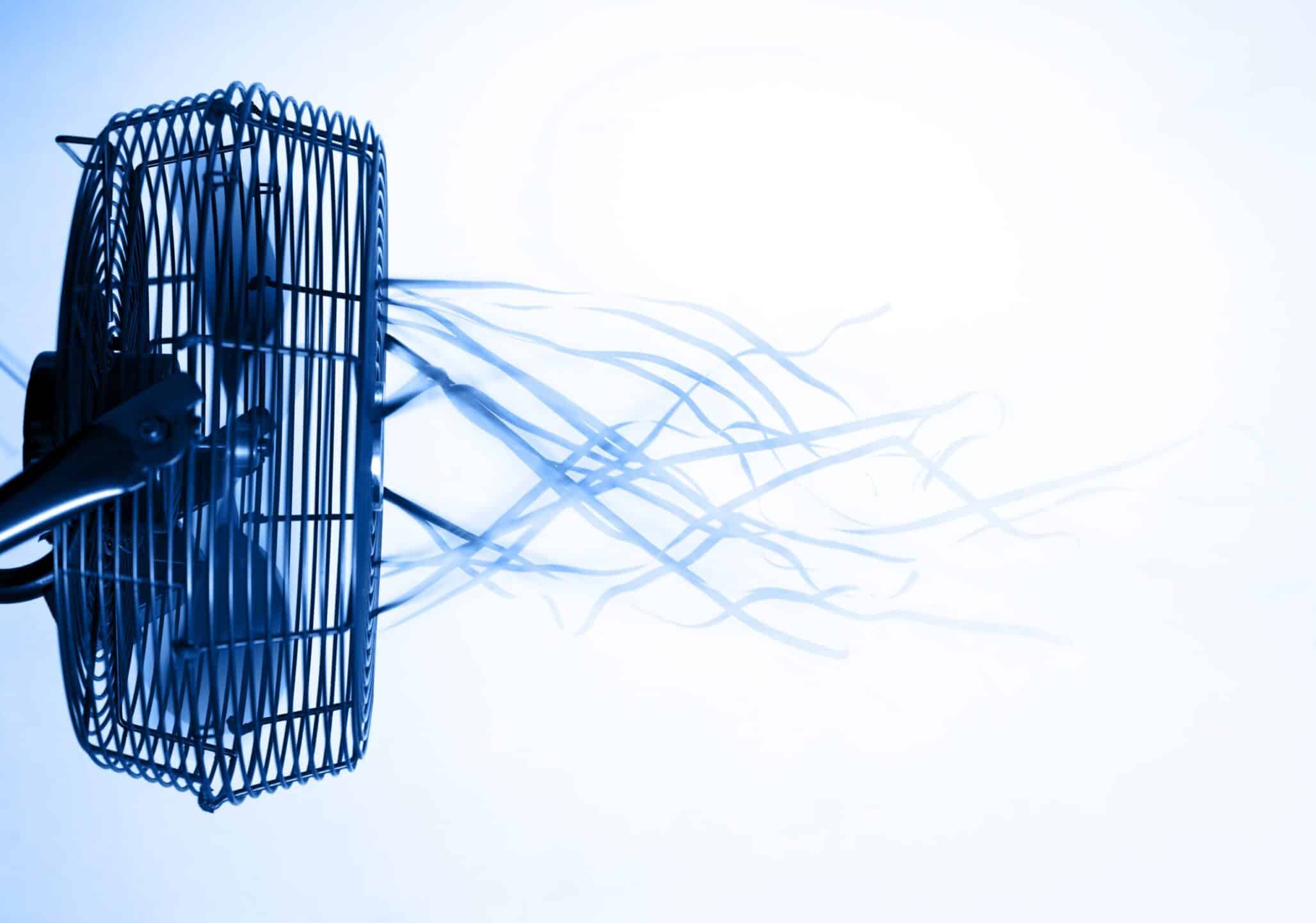Those in the industry share why perennial ryegrass seed production is moving out of the Willamette Valley.
Known as the “Grass Seed Capital of the World,” Oregon’s Willamette Valley is home to more than 1,500 grass seed farmers, who in turn employ about 10,000 Oregonians on their farms —fueling a $1 billion annual economy in the state. But at least one segment is changing as the industry adjusts to accommodate unstable weather patterns, the evolution of conscientious consumer demand and government regulation.
In 2016, Oregon harvested 95,130 acres of perennial ryegrass, down from the 192,950 acres harvested in 2005. While speculation varies as to what the exact reason for the decline is, the numbers don’t lie.
Depending on price, a grower needs to yield between 1,500 pounds at the very bottom end, to a more likely 2,000 pounds of clean perennial ryegrass seed per acre to be profitable. During the volatile weather pattern the Willamette Valley has experienced the past decade, growers have struggled to produce these yields.
“Just the past couple of years were super dry, and then this year (2017 growing season) was the wettest in 75 years,” says Nicole Anderson, an Oregon State University Extension field crop specialist. “We also had several windows of extremely hot weather that occurred during flowering and seed fill.
“The yields just haven’t been here for the last several years, and a lot of the producers are feeling that.”
Willamette Valley perennial ryegrass grower Garth Mulkey agrees that weather hasn’t been a friend to grass seed producers in the Valley in recent years.
“This year, the perennial ryegrass yield on my farm and the farms around me was off about 20 percent,” he says. “There were two factors that caused yield loss: one was a near record wet February and March, and the other factor was a three-day stretch of 95 degree weather.
“When our crops are pollinating, three days of that kind of heat will take 10 percent pretty quick.”

Bruce Ruddenklau, chairman of the Oregon Grass Seed Bargaining Association (OGSBA), blames demand for the falling acres.
“Seed companies don’t have the acres to place for proprietary production that they once did,” he says. “An 18-hole golf course use to require somewhere around two semi loads of perennial ryegrass per year for overseeding. That’s just not the case anymore.”
Another influential component of the acreage decline lies in the management of the crop and the limitations statewide legislation has imposed on management practices. Oregon State University estimates that it costs between $600-$700 per acre to raise a clean, marketable crop of perennial ryegrass seed. Included in these estimates is the cost of hand labor the industry employs to mitigate pest damage.
Ruddenklau adds that the hourly wage of seed field labor is around $15, and labor costs add up quickly when calculating production costs.
“When you start having a grass weed grow in a grass seed field, you are very limited to what you can use as a broadcast herbicide application,” he says. “What we end up doing is using hand labor to take out those off types of annual ryegrass.
“Early in the season you will see crews with backpack sprayers, about 5 feet apart, selectively spraying Roundup. Then as the crop gets bigger, we tend to move to hoes, manually digging out the off-type grasses — physically packing those out of the field.”
Roger Beyer, executive director of the Oregon Seed Council, also offers that state legislation hasn’t made a grass seed producer’s job any easier.
“Prior to 1990, there were a couple hundred thousand acres of grass seed residue burned in the Valley every year,” Beyer shares. “That did a great job of controlling slugs, along with things such as annual bluegrass and roughstock bluegrass (invasive grass species).
“Now those things are our greatest problems because burning is no longer allowed as a control method.”
Although field burning has been used as a method of pest management, seed yield stimulation and nutrient recycling for more than 50 years, the Oregon legislature has responded to public concern surrounding air pollution and public health as a result of field burning.
Senate Bill 528, passed in 2009, effectively eliminated the use of burning as a field sanitation tool, decreasing the allowable burned acres to chewings fescue, creeping red fescue and highland bentgrass acreages, as well as fields planted on steep terrain.
In 2016, a total of 12,449 acres were burned during the Oregon field-burning season.
Removing that tool seems to have added another hurdle in the management of the crop as growers struggle to maintain the 0-0 (foreign crop/weed) test that seed companies demand.
“We can do a good job of managing fields without burning, there is just a lot of management that goes into it,” Ruddenklau says. “We are always thinking about what crop rotations we are putting into those fields and how those crops are going to help keep the fields clean.”
Maintaining Profitability
The Capper-Volstead Act of 1922 allowed producers of agricultural products to form voluntary cooperative associations to collectively market their products. Capitalizing on this, the OGSBA was established in 1994 to collectively negotiate a reasonable price for member growers.
“We, as growers, sit down with dealers, and we come to an agreement. From the growers’ perspective, the price needs to be higher, and from the dealers’ perspective, the price is probably too high,” Ruddenklau chuckles.
While the price agreed upon is set specific to the 40 percent of valley growers who maintain OGSBA membership, it also helps to set the prices for the Oregon grass seed industry.
Those negotiated prices have helped to maintain profitability for the crop, at least for now, and Ruddenklau believes that the market will continue to pay for grass seed where prices are today if the quality is supreme.
As for the future of perennial ryegrass in the Willamette Valley, only time will tell. Many of the acres that have been lost are considered a permanent loss, giving over to blueberry and hazelnut production that take several years to establish and remain productive for decades.
Other acres are being shifted from the valley to areas in Manitoba and Minnesota where research is being conducted to determine suitability.
“If everything goes well (good crop yields, quality is good and those things turn into money), it’s a profitable crop for us,” says Ruddenklau. “That, in turn, represents profit opportunity for producers elsewhere in the country; so it’s only natural to see a shift in production acres away from the valley to elsewhere in the country.
“Essentially, we are pricing ourselves out of the game, but there isn’t anything else to do about it. Cost of production is where it is.”













